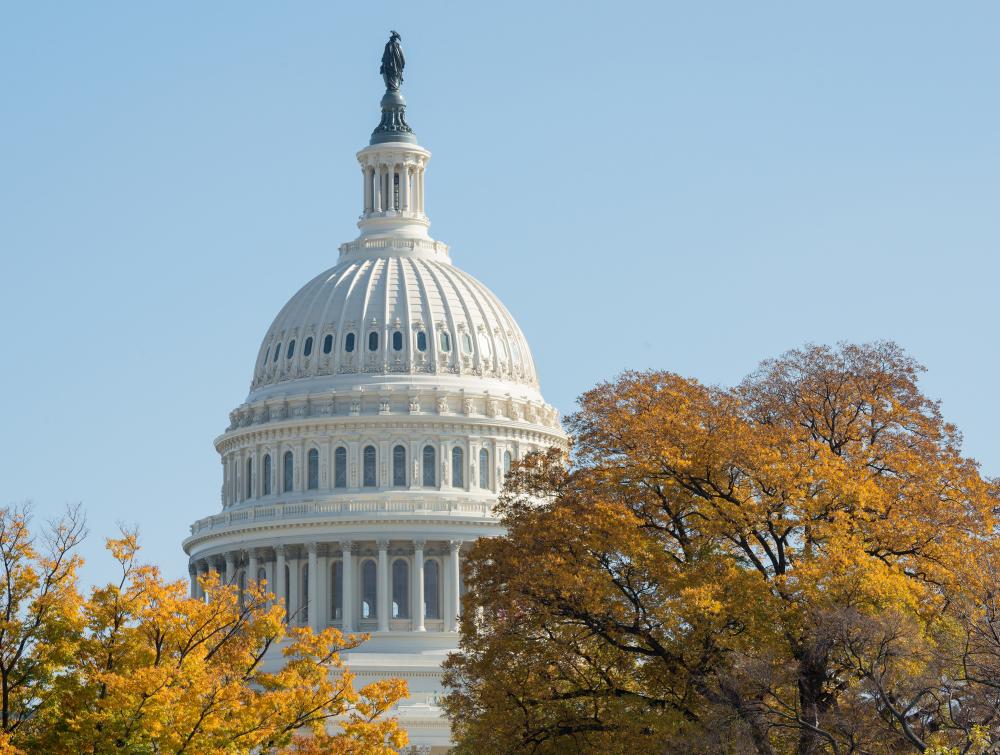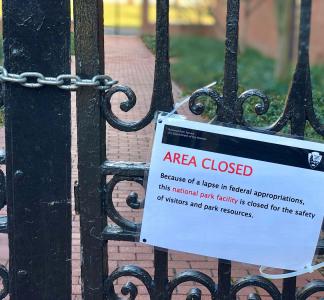The U.S. government is heading for a shutdown (again). What happens now?

U.S. Capitol Dome in Washington, DC
Mason Cummings (TWS)
Government shutdown ultimate symbol of Republican betrayal to the nation
UPDATE: The U.S. Department of the Interior has announced that the majority of national parks will close upon government shutdown. Read more.
Once again, House Republicans have put their own outrageous and untenable policy demands before the well-being of the nation and are forcing a federal government shutdown. As the government’s 2024 fiscal year begins, right-wing extremists in the House of Representatives have blocked passage of the spending bills that are necessary to fund government operations—demanding a series of unreasonable cuts that would renege on agreed-upon deals.
And so, the federal government will shut down until Congress can pass the needed spending packages. Military families will be left without financial support. Essential services like food assistance and Head Start education programs will be interrupted. Hundreds of thousands of government employees will work without pay and without guarantee that they will receive back pay. The American people will suffer while the House Republicans who created the mess continue to collect their paychecks.
The 2018 shutdown was disastrous; with no one in charge, public lands were destroyed and people died.
How the government shutdown will affect public lands and gateway communities
When the government shuts down, employees are furloughed and services suspended. The Department of the Interior is then forced to make a difficult decision: whether to close national parks. During government shutdown of December 2018—which lasted a record-setting 35 days—the Trump administration attempted to distract from its political theater by keeping national parks open on a “contingency plan.”
The results were disastrous: garbage piled up, sewage overflowed, landscapes were destroyed, artifacts were stolen and people literally died. The results were so catastrophic that Interior’s backlog of maintenance and repair work swelled from $11.6 billion to $30.8 billion as of September 2022.
As our own Lydia Weiss told The Washington Post, "the only safe option for visitors and the resources on our public lands is to close them if they can’t be adequately staffed.” But even this course of action entails pain. National parks draw an estimated half- million visitors per day in winter months alone; those visitors in turn spend $19 million per day in the small gateway communities that surround the parks. When parks close, these economies buckle—during the 16-day shutdown of 2013, these communities lost an estimated $414 million in revenue.
Sadly, these issues extend beyond national parks—lands managed by the Bureau of Land Management, Forest Service and Fish and Wildlife Service will all face the same challenges from suspended services and potential closures. In plain terms, we are now in a no-win situation. Regardless of how the administration reacts, public lands and the people who rely on them will face consequences.



